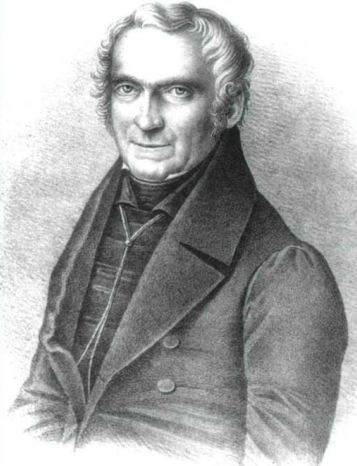
A hundred eight-five years ago today, Johann Natterer arrived in Vienna after some eighteen years in the Brazilian wilderness. He had left Austria in the early spring of 1817, part of the retinue accompanying Princess Leopoldine to her wedding with the future Dom Pedro I. While most of the naturalists assigned to the party were back in Vienna within two or three years, Natterer hung on, ignoring the repeated summons from the Austrian court; only the start of the Cabanagem uprising chased him, his wife, and their little daughter back to Europe.
Over the years, Natterer had shipped more than 12,000 bird specimens back to the Brazilian Museum in Vienna, alongside thousands of other naturalia and almost two thousand ethnographic objects documenting the life of South America’s indigenous inhabitants.
In the course of his collecting, Natterer explored
“all the most remote corners of Brazil, from two degrees North latitude to twenty-five South, across thirteen of the country’s largest rivers, and virtually the entire east coast, over some 1200 to 1500 German miles.”
Sadly, most of Natterer’s notes and other documents were destroyed in the Vienna Uprising of 1848. Many of the specimens he collected, though, survived, among them many of the almost 175 types of new species he sent from Brazil.

Systematic ornithology still honors Natterer in the names of many species and subspecies. Few, though, are as striking as the lovely little tawny-tufted toucanet. Natterer secured three specimens in Brazil, and it was on the basis of those birds that Gould described and named Pteroglossus nattereri, the Natterer’s araçari.
Natterer was still in Brazil when Gould published the new toucan, and he probably liked it that way:
“My longing for oft-visited lands has never been great. . . . But to travel through the remotest corners of Brazil, where no naturalist had gone before me, has always been my resolve.”
Natterer did just that.

